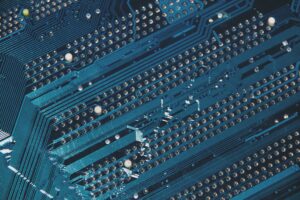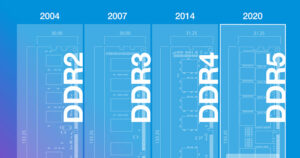This three-part FAQ series began by considering “Memory Basics – Volatile, Non-volatile and Persistent.” Part two looked at “Memory Technologies and Packaging Options.” Recently developed persistent memory technologies, three-dimensional packaging for memories, advanced multicore processors, demands to process larger and larger datasets and databases, and artificial intelligence are driving the emergence of a new category […]
Memory technologies and packaging options
Solid-state memory devices are available in a wide variety of standard package styles that they have in common with other semiconductor devices, including DIP, TSSOP, DFN, WLCSP, and many others. And various packages are offered in plastic, glass, ceramic, and metal containing one or more devices. They are also available in hermetically-sealed packages and non-hermetic […]
Memory basics – volatile, non-volatile and persistent
Computers, gaming consoles, telecommunications, automobiles, industrial systems, and myriad electronic devices and systems rely on various forms of solid-state memory for operation. Designers need an understanding of the various options for volatile and non-volatile memory devices to optimize the performance of systems. A new form of solid-state memory called persistent memory (PMEM) has recently emerged […]



